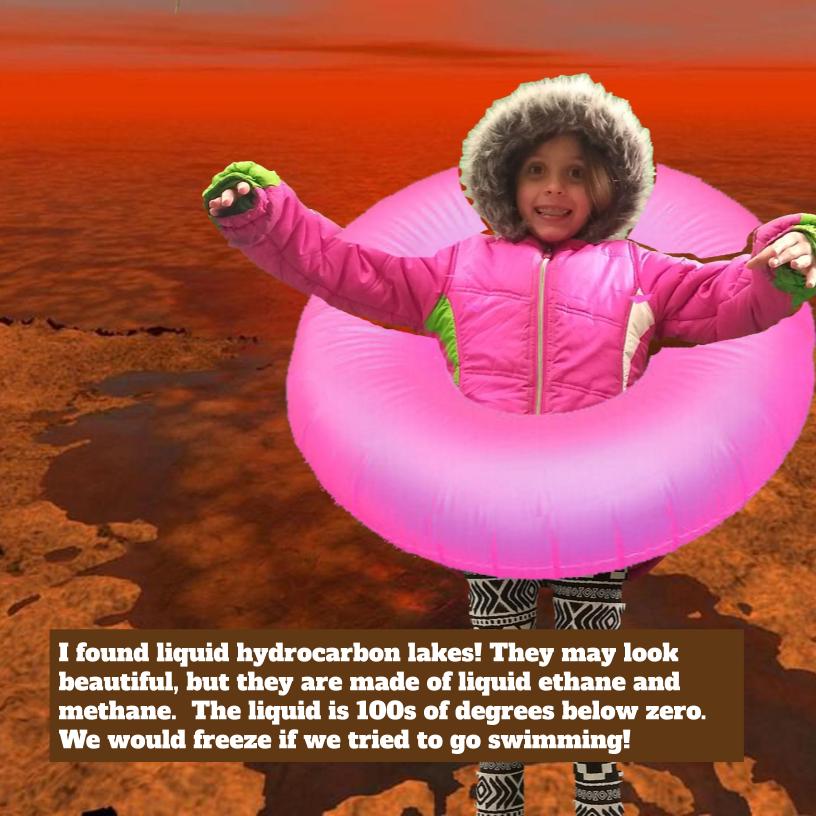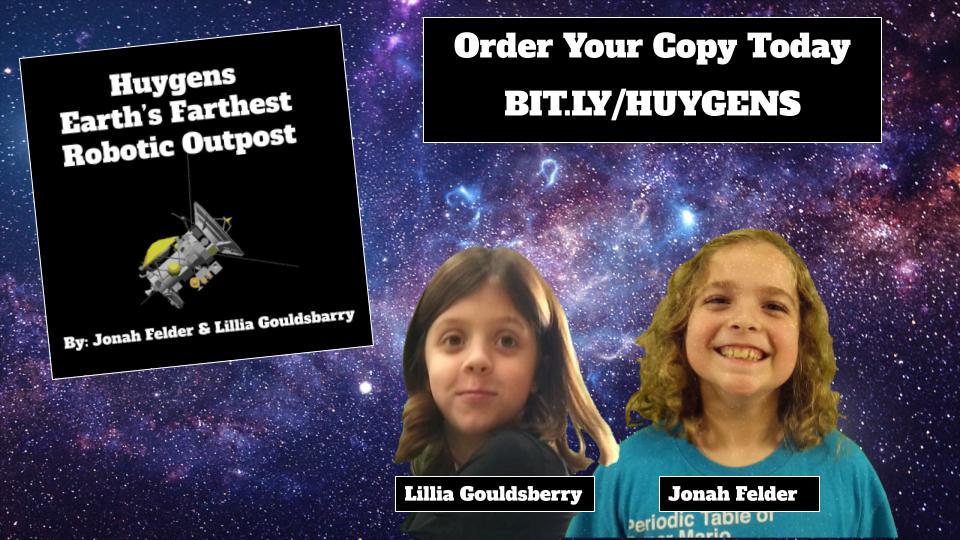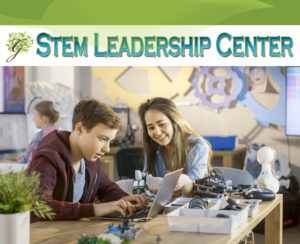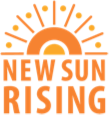
Space is now a 360 billion dollar industry worldwide. Three-quarters of that 360 billion is spent by private industry. And that industry, particularly in America, has a hiring problem. Students that are ‘interested’ in the space industry are ready to pursue limited and coveted positions at NASA, but unaware of a massive commercial industry that exists and is in need of new hires. Inspiring a future generation to dream of and work in space exploration is a challenge worth undertaking

I work with young students and I grow more discouraged every year with how few are actually ‘interested’ in space. Two of my space enthusiasts just finish a two-year project writing a book about the Huygen’s mission. It’s a great little children’s book, one that takes you on the eight-year journey Huygens took aboard the Cassini spacecraft to get to Saturn and some of the amazing discoveries it made when it landed on the surface of Saturn’s moon Titan. Some of the classmates (and a few adults) thought the book was fiction. It’s not. We really do have a robotic outpost on Titan, Saturn’s largest moon.
“If we had landed a robot on the surface of Titan, it should have been in the news!”
spoken by an incredulous area education leader
There appears to be no remembered coverage of this historic event from local papers, no adults who watch the evening network news with a memory, and still a handful of people in our Western Pennsylvania county who believe even the moon landing was a hoax.

In the sixty years since we first went to space, we’ve developed satellite phones, tv, and radio, we have GPS in our pockets and our autonomous cars, weather satellites that save missions with real-time data on weather and war. We’ve been living in space aboard the ISS for 20 years. Since we walked on the moon, 135 spacecraft have traveled to barely scratch the surface of what exists in our solar system.
And now we have our eyes set on traveling back to the moon; developing it into a refueling station for spacecraft to Mars and beyond, a source for rare earth metals, a manufacturing site that takes advantage of one-sixth gravity and minimal atmosphere, and the possibility to build subterranean habitats. Thanks to many at NASA, Congress, the White House, and industry, we are returning to the moon. References to the Artemis mission and the Orion spacecraft fill my news feed. But I like space and love space exploration. I get news of space and space exploration. References to the Artemis Mission and Orion spacecraft are unheard of by many of my fellow educators and parents. We live nowhere near rocket launches.

A local Pittsburgh company, Astrobotic, is part of our mission to return to the moon. They have recently been awarded 79.5 million dollars to deliver 14 payloads to the Moon on its Peregrine lunar lander in July 2021. If you check out their website, you’ll see at least ten job openings.
Let’s fuel the future. Inspire a kid you know to fall in love with space. Get them a copy of Huygens: Earth’s Farthest Robotic Outpost. Visit #NASAatHome for ideas during the quarantine including free e-books, citizen science projects, podcasts, videos, and virtual tours. When we’re freed from social distancing. book a trip to watch a rocket launch or schedule a week for a child at Space Camp.

Grab a bowl of popcorn and watch the two kids read aloud their book.



